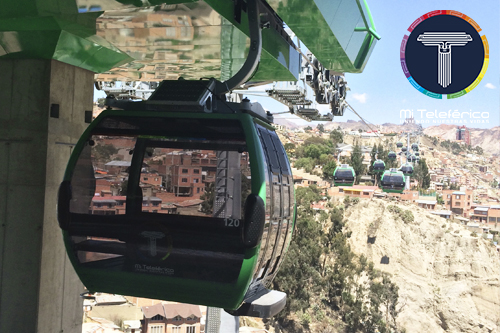When the clock struck midnight on January 1, the most pressing transit question for 2015 seemed to be: “When do we get our hoverboards?” Aside from the thrill of living in the actual year of everyone’s favourite time-travel movie sequel — albeit without the gravity-defying skateboards — 2015 also offers some new reality-based ways to get around. Naturally, we’re excited for a number of cable-propelled transit developments. Here are five to look out for:
Algeria: POMA has teamed up with the Algerian government’s EMA (Algiers Metro — l’Entreprise du Métro d’Alger) and l’Entreprise de Transport Urbain et Suburbain d’Alger (ETUSA) to form a new partnership for managing existing systems as well as designing, constructing, and operating all future ropeways. This new entity has been dubbed l’entreprise de transports algérien par câbles (ETAC) and will have a staff of 200.
Chile: Last year, the Chilean government announced huge investments in urban ropeways for that country, including three cable cars for the cities of Antofagasta, Iquique, and Valparaíso. These projects are in various stages of planning and development, and will no doubt be a key focus for Gondola Project in 2015.
France: Now that tender details have been finalized and a winner chosen, construction on Brest, France’s urban ropeway is set to begin in February 2015. The 410-metre system has a planned capacity of 1,200 and is scheduled for completion by mid-2016.
Bolivia: Even before the first phase of La Paz’s new urban gondola network was finished, plans were announced to build five additional lines. Phase 2 will involve a massive $450 million investment to expand the already popular system.
Mexico: The country’s first urban cable car, Mexicable, is now under construction in the city of Ecatepec. The seven-station system, which will span 4.8 km, promises to reduce travel times from 45 minutes to less than 20 minutes and is expected to be completed in Q1 of 2015.

